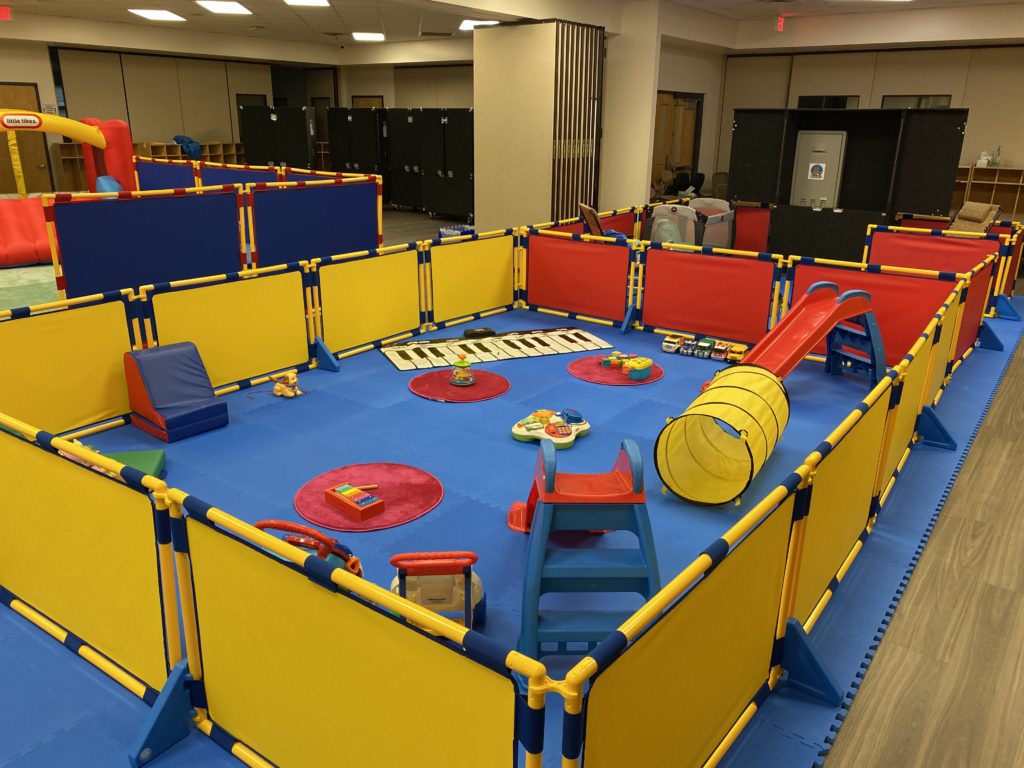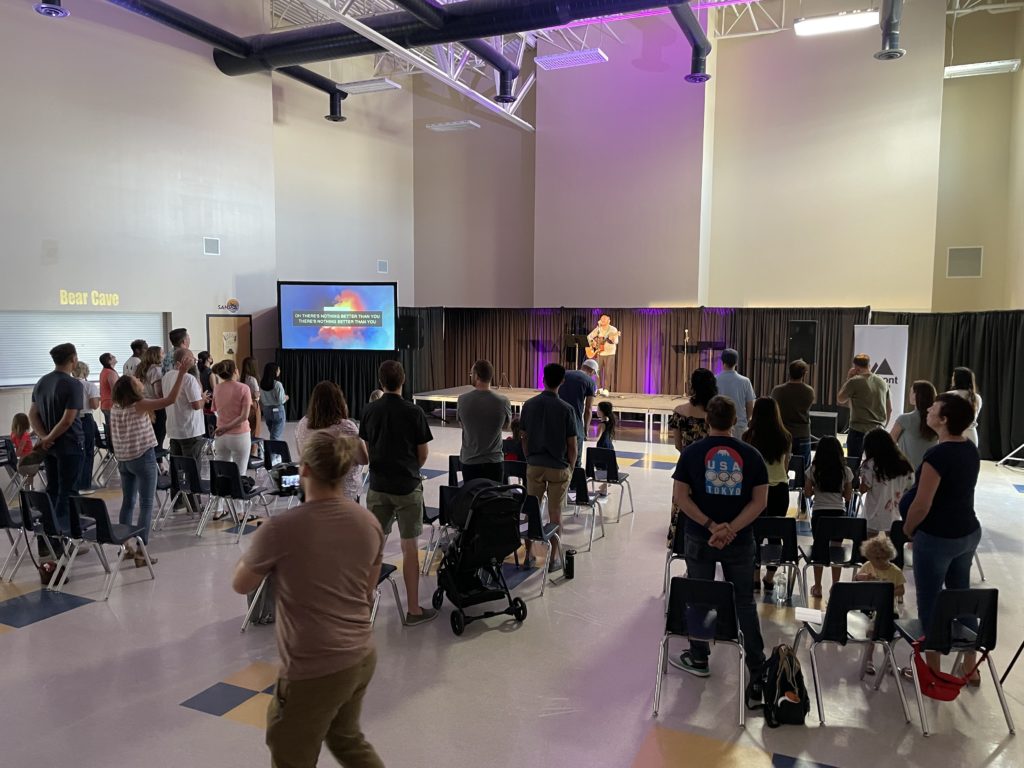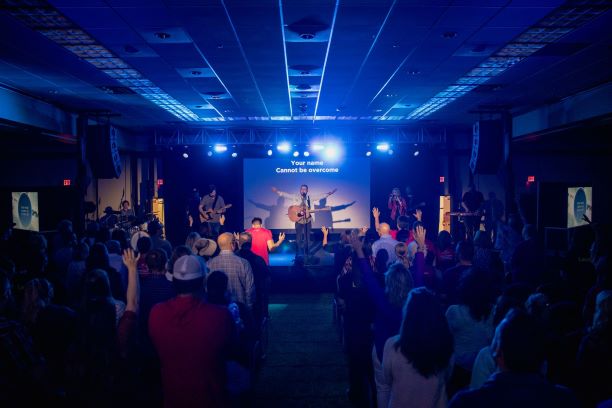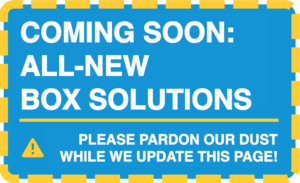Church planting teams will find it helpful to compare the pros and cons of a church building lease versus tackling a new construction.
Knowing whether to build or lease your church plant is one of the most crucial steps in your church’s journey to launch. After all, if you haven’t determined which option to go with, how will you make meaningful strides in planning your launch? A lot hinges on determining where your church will meet.
It’s also very important that your church plans on investing a lot of time in determining whether it should lease or build a facility. This is not a 30-minute kind of decision. It’s a long process that involves identifying your church’s needs and what makes the most financial sense.
Unless you have someone in the know on your team, this process can seem daunting. That’s why we’d like to help and share what we’ve learned from working with multisites for more than 25 years.
In this article, we’ll explore the pros and cons of a church building lease versus new construction, which should help you move in the right direction.
What’s Better: A Church Building Lease or a New Construction?
The decision to start a new church or multisite is an exciting one, but many factors need to be considered before making any decisions. This information will help you understand the options available to you.
Leasing vs Building
To determine the best course of action for your church, you’ll need to take a close look at all the benefits and challenges of each option. This involves looking at financial, operational, and logistical factors and weighing up what will work best for your church.
To jump right to the lists included, use the links below.
- Pros of a Church Building Lease
- Cons of a Church Building Lease
- Pros of Constructing Your Church Facility
- Cons of Constructing Your Church Facility
Pros & Cons of Leasing
7 PROS OF A CHURCH BUILDING LEASE
There are several advantages to a church building lease instead of constructing your own.
- Save money by not having to pay for construction costs. Many will know that there are several hidden costs involved in new construction.
- Steer clear of the hassle of dealing with permits and inspections.
- Avoid the cost of buying land. There is also a lot of time involved in processing the purchase of land and seeing the process through correctly.
- Sidestep the expense of hiring contractors.
- Avoid the potential liability of owning a building. This one is easily overlooked until something happens.
- Pay for what you need. Church Realty points out that “most church plants and multisite campuses start in a one-day-a-week space or a leased facility.” To put this into perspective, it means that a new church plant may only need to rent a space for 4 or 5 days in a month, which makes a lot more financial sense than investing in an entire new-build process.
- Avoid the cost of maintaining and upgrading the building you lease.
Do not miss these Impressive Before & After Photos of 4 Portable Church Spaces.
Finally, looking at the debate with a wider lens, choosing a lease for your church plant will mean you are launching a portable church. Of course, we’re partial to portability, but perhaps not for the reasons one would think. We are passionate about portability because:
Portability sets a tone for flexibility and multiplication.
We like what Josh Roberie, part of an ARC launch team, had to say about the subject:
“One of the advantages of a portable church model is that it “allows you to add value to the place you are meeting, which will get the attention of community members as you tangibly show them your church cares.”
Not having the secure location of a church campus encourages individuals and church bodies to get out of their comfort zones and be more evangelistic.

5 CONS OF A CHURCH BUILDING LEASE
However, there are also some disadvantages to leasing a building. More than the pros, your church team will come up with very situation-specific cons that will help you make the best decision for your church. Some of the most common cons that we’ve seen are:
- You will need to find a fitting location for your church’s specific mission and vision. If you choose to go with a church building lease, you have the pressure of making sure that it’s both near enough to your desired demographic, but also near enough to where your members live so that they can easily attend services.
- Potential scheduling conflicts with your landlord. It’s not unusual for facilities to have blackout dates. For instance, churches that lease from a school, consider summer blackout dates while the school replaces flooring or roof repairs.
- It can be tricky to determine precisely how much space you need. If you’re a new church plant, it’s difficult to know how quickly your congregation will grow, or how best to serve your people. For example, perhaps you’ll draw high numbers of people with infants, and yet the church building lease you’ve signed only allows you to rent a small area for your nursery needs.
- Your landlord may change your lease terms, or even choose not to extend your lease. This will mean that you’ll be on the lookout for a new space…and with it, a new responsibility to communicate that change to the community at large.
- Landlords can be enthusiastic about supervising how you use the space they own. This is something that can be sorted out with good communication and maybe a mediator, but it’s worth adding to the con list.

Pros & Cons of a New Construction
4 PROS OF CONSTRUCTING YOUR CHURCH FACILITY
Building your facility comes with several advantages. And if this is the best choice for your church, it probably means that you’ve come up with more than ‘several’ advantages.
- Building allows you to customize the space to meet your needs. This means that you can design the layout of the room to fit your congregation’s style.
- You can add features, such as a kitchen, bathrooms, offices, etc., to give your church a unique feel.
- For those of us who have attended many churches and have a keen critical eye, you’ll be able to contribute valuable points to consider when designing your new church building. For example, many older churches have “cry rooms” that you may have needed to use. You’ll know how isolating and cold they can feel. This kind of information will be valuable to your team when entering the design phase of your new build.
- A dedicated church building that you own means you can put permanent branding up and passersby will know exactly where they can find your church at all times. It can be a beacon for those who aren’t sure where to find a church to attend. Although today, many people search for churches in their area online, there is still a tremendous value in making a mental note of where churches are in the area. This is something you can’t do if you go with a church building lease.
Volunteer tips: The Secret to Excellence and Volunteer Retention in Portable Churches
9 CONS OF CONSTRUCTING YOUR CHURCH FACILITY
The list of cons to building a new church is by and large in contrast to the pros list of leasing a facility, which we will spell out for you, but there are other cons, that we’ve included, too:
- Spend large sums of money on construction costs, as well as the hidden costs that inevitably pop up during the construction process.
- Encountering the hassle of dealing with permits and inspections.
- Needing to buy land and run the course of processing the purchase and making sure the process is completed correctly.
- Facing the possibility of the purchase of your ideal piece of land falling through and needing to look at Plan B or start your search all over again.
- Hiring and dealing with contractors.
- Note and tackle the liability involved in owning a building.
- Delayed recuperation of your expenditure, as your church waits for money to come in through tithes and offerings and other fundraising efforts.
- Maintenance tasks and costs will be a fixed feature in your budget and planning meetings.
- The new build may not be your experience with new construction. In other words, many go into the process of building a church thinking that once it is complete, no more building will be required. However, if your church grows and cannot accommodate all your people, or you realize that you forgot to build enough classrooms or office space, then additional construction might be on your to-do list for your church. This may be financially viable, or it may become a financial burden.
FINANCES & MISSION IMPACT YOUR CHURCH’S BEST OPTION
It’s easy to feel like you’re going around in circles when it comes to the topic of building or taking on a church building lease. But when it comes down to the nitty-gritty, you’ll find that the best option is the one that fits your church’s needs and makes financial sense. Does the timeline and fiscal commitment fit your church’s capabilities? Both of those boxes need to be checked, and for most churches, they find the better choice is to enter a church building lease rather than building a church.
Needless to say, it helps all churches when you have professional input regarding which option to take. That’s why we’ve created an invaluable Facility Cost Comparison Matrix to help your team make the right choice:
Make the right choice for your church plant or multisite when you download and complete PCI’s Facility Cost Comparison Matrix.

































































